Nonviolence in Modern Indian History
How relevant are nonviolent Gandhian protests in India, decades after Independence? What tools and techniques of nonviolence can history offer us in the face of the surge in communalism and fundamentalism? What are the limits of nonviolence as a strategy?
Nonviolence in Modern Indian History throws light on how acts of nonviolent dissidence have been used with varying degrees of success by people of different political persuasions. Far from looking at nonviolence as an absolute moral imperative, the essays here show how this concept evolved over time: how Gandhi and other practitioners developed and modified the technique according to the prevailing circumstances, how the older doctrine of ahimsa related to Gandhian nonviolence, and how constructive work programmes underpinned the movement and offered healthy alternatives to the systems under protest.
The book also examines how nonviolence has been utilised as a political strategy for a wide range of interests in post-Independence India, such as the struggles for land and those against a nuclear plant. As a compendium of essays critiquing nonviolence, this book will be useful to students and scholars of conflict and peace studies, Gandhian studies, history and political science.
Get it now and save 10%
BECOME A MEMBER

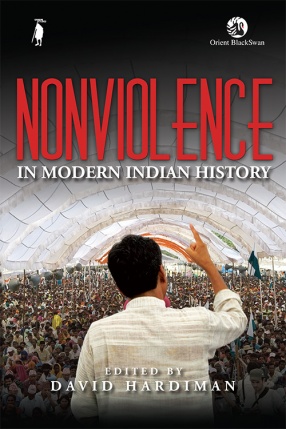
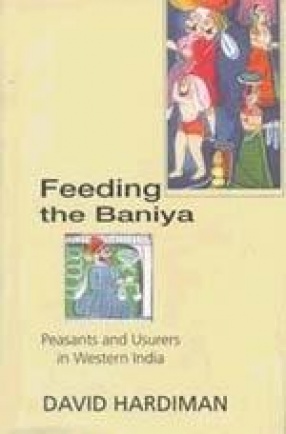
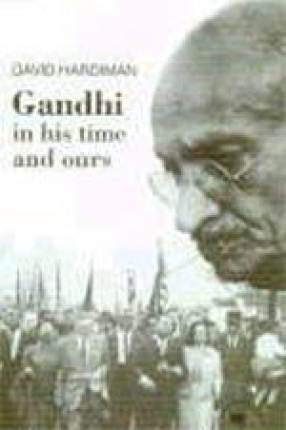
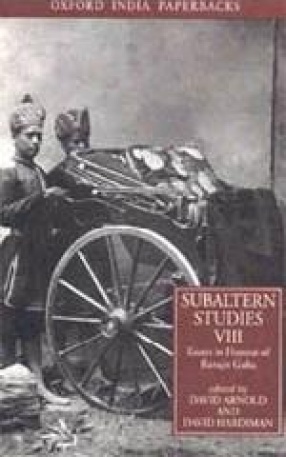
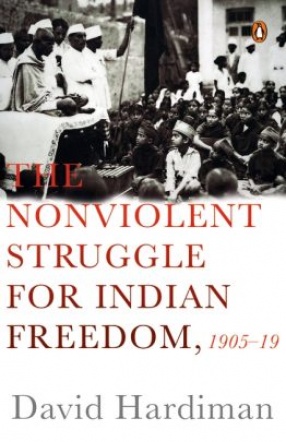


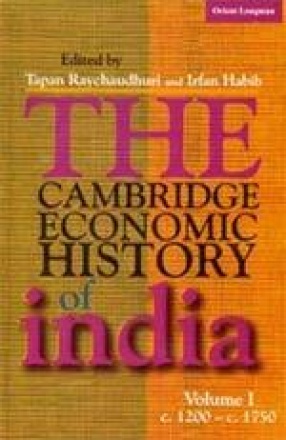
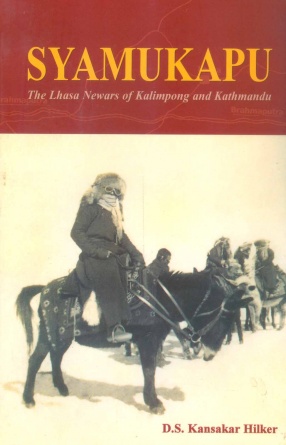

Bibliographic information